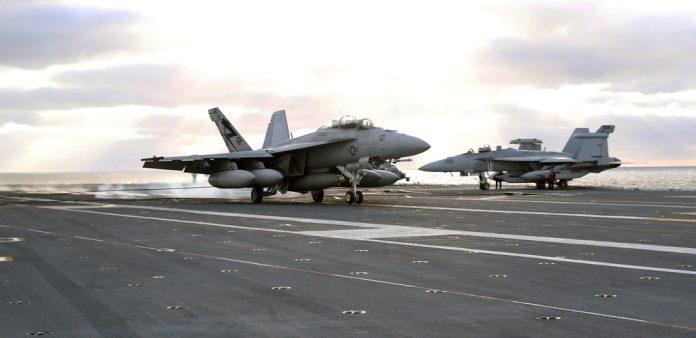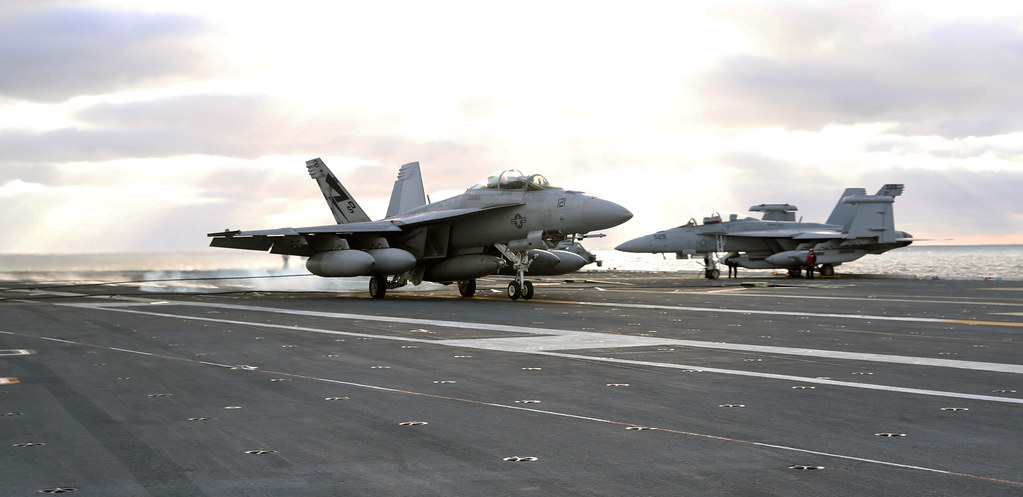
In a striking demonstration of military precision and power, U.S. and UK air and naval forces coordinated a series of strikes on Houthi targets in Yemen earlier this year. Among the sophisticated aircraft involved were over a dozen U.S. Navy F/A-18 Super Hornets.
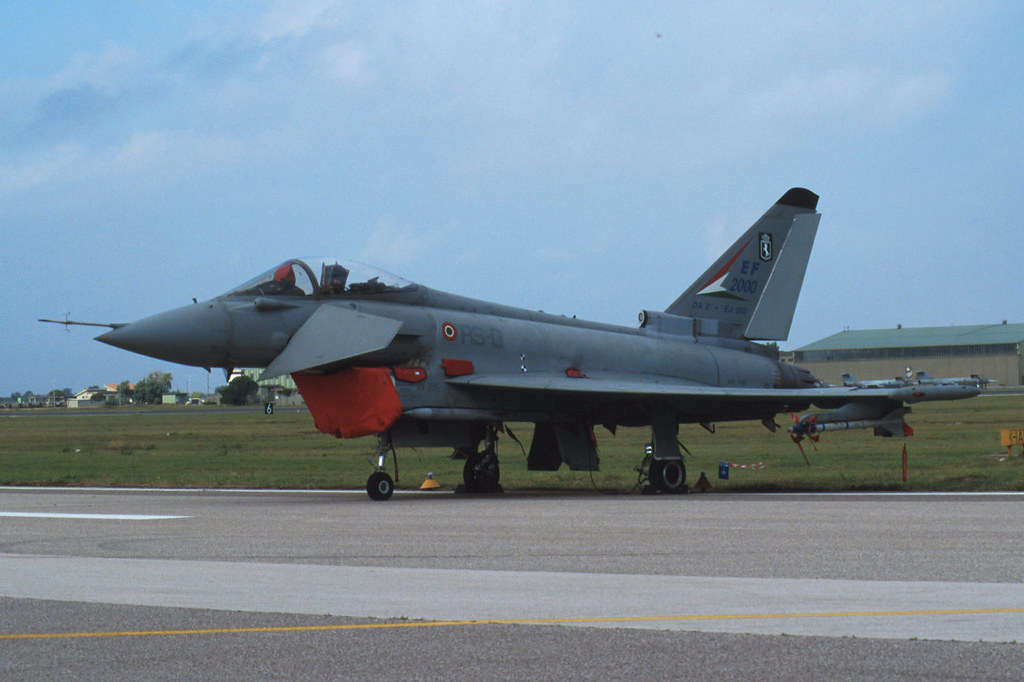
Taking off from the USS Dwight D. Eisenhower, these aircraft, alongside four Royal Air Force Eurofighter Typhoons, delivered a clear message of the reach and capability of the forces involved.
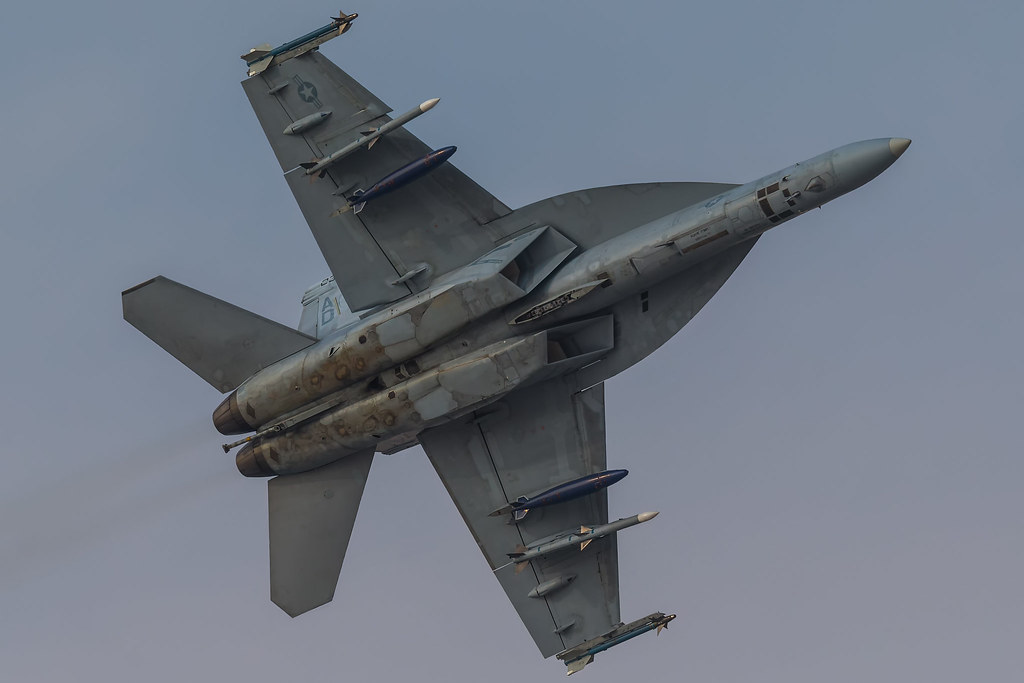
The F/A-18 Super Hornet, in particular, captured attention for its role in these operations. The Super Hornet is not a new player on the field, having served as the backbone of the Navy’s carrier air wing for years, but it continues to prove its worth as a multirole fighter capable of formidable versatility and strength.
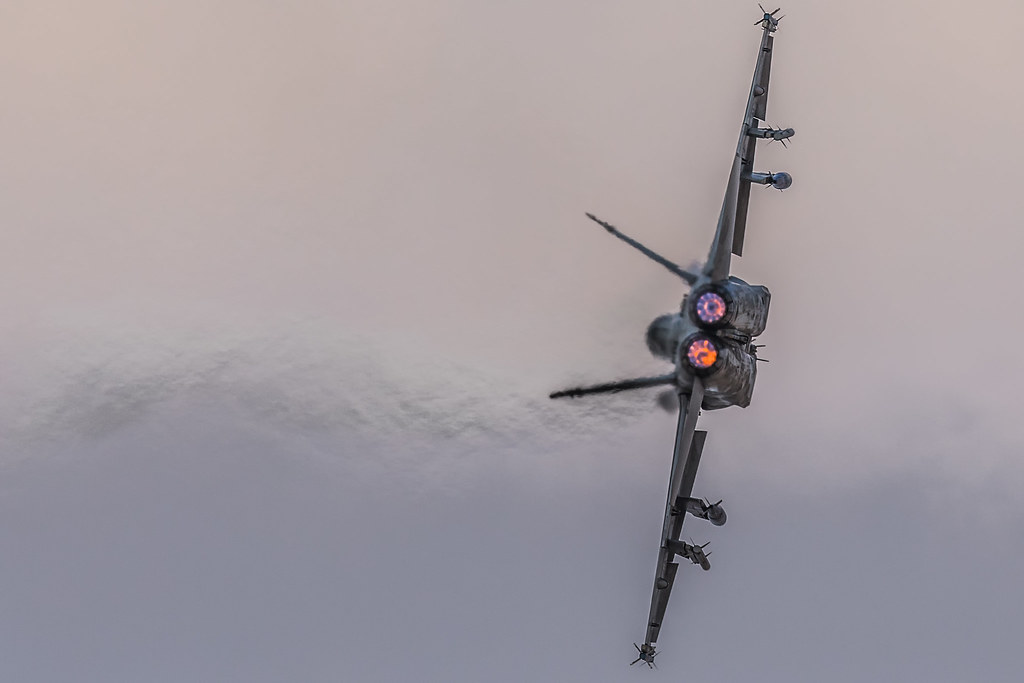
Serving from the Nimitz-class nuclear-powered carrier as part of Carrier Air Wing 3, which includes squadrons of E-2 Hawkeye and EA-18G Growler aircraft, the Super Hornet showcased why it remains a critical component of U.S. Navy operations.

Operating in both the single-seat F/A-18/E and the dual-seat F/A-18/F configurations, the Super Hornet has been a pivotal force since replacing the iconic F-14 Tomcat in 1999.
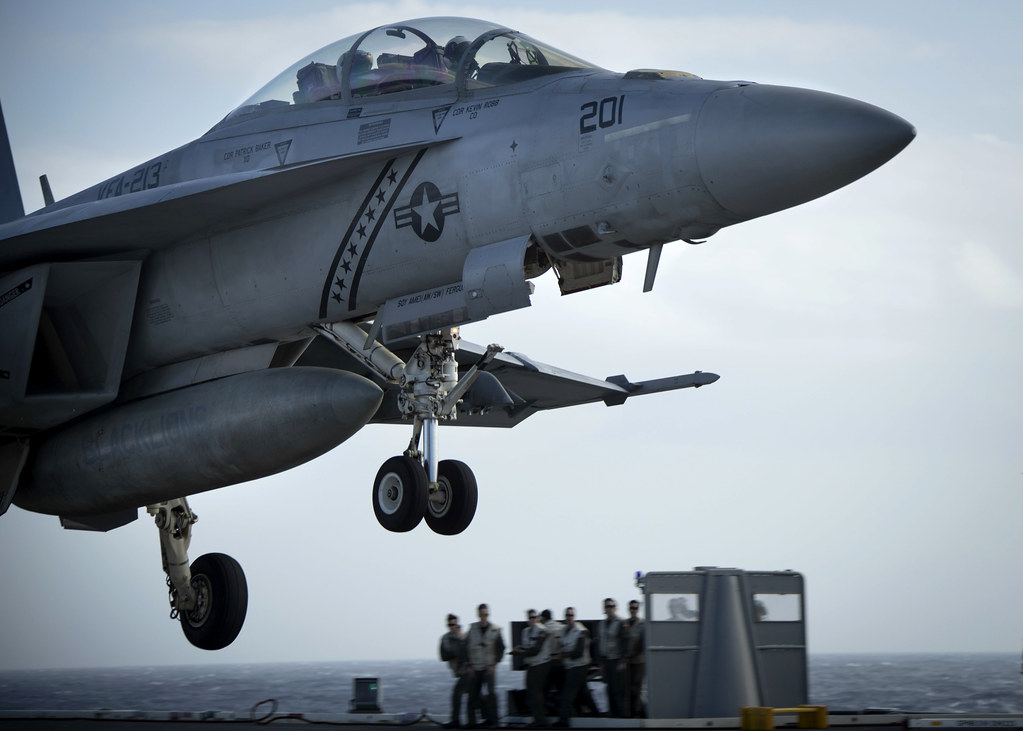
The Super Hornet’s design represents a 20 percent larger airframe than its predecessors, allowing it to carry 33 percent more internal fuel, thus extending its range by 41 percent and endurance by an impressive 50 percent over earlier models.
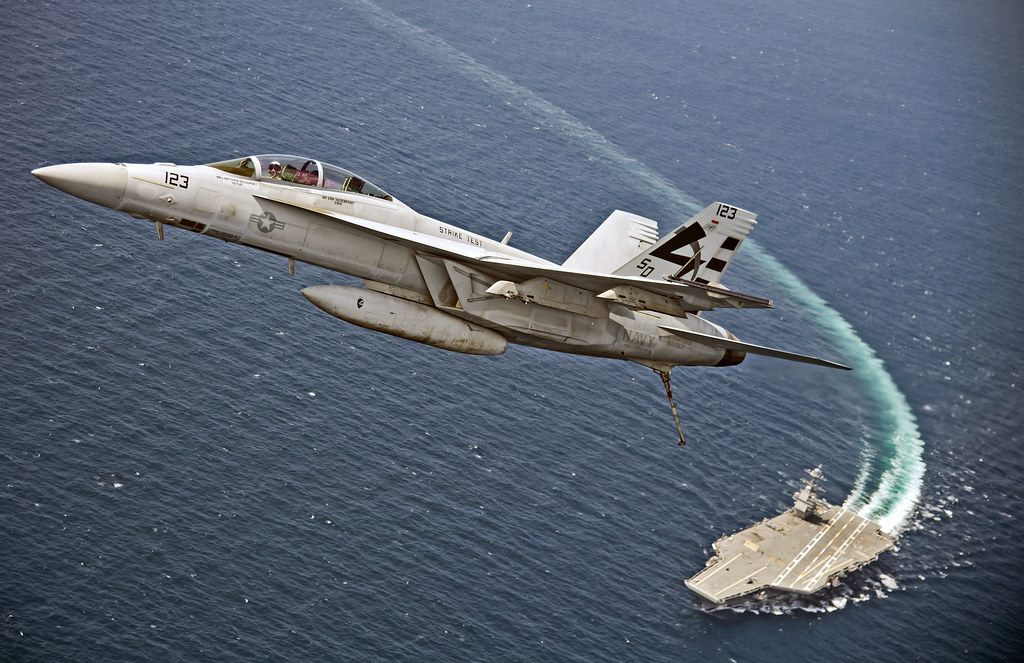
This increase in size and capability did not come with a proportional increase in complexity – the Super Hornet has 42 percent fewer parts than the F/A-18C/D variant.

The multirole functionality of the Super Hornet allows it to excel in a wide range of missions. It operates as a “force multiplier,” capable of adapting to the varied demands of carrier-based operations.
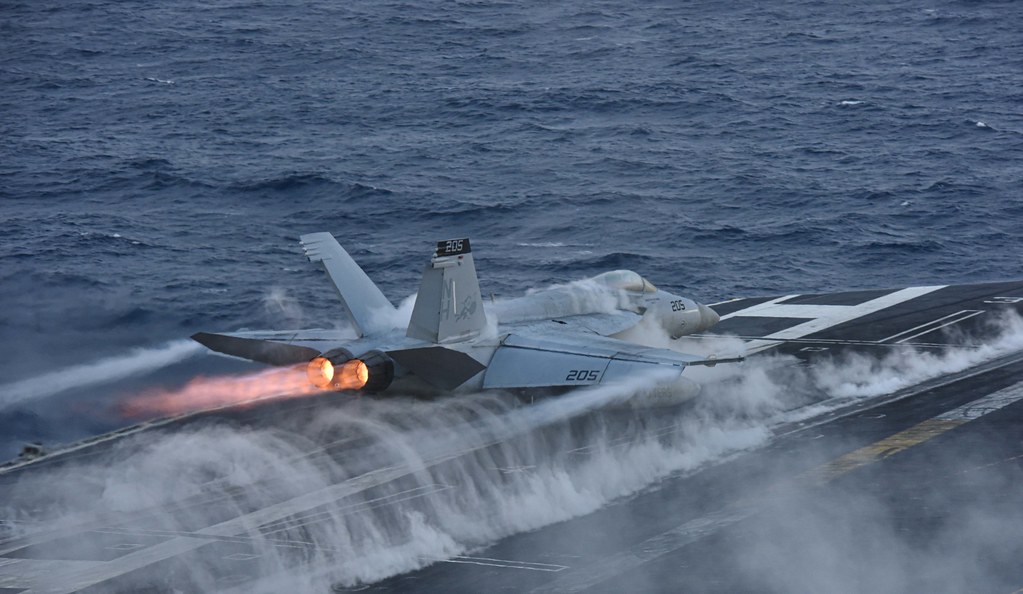
Whether providing fighter escort, engaging in reconnaissance, or delivering close air support, the Super Hornet has demonstrated its ability to perform with high effectiveness.
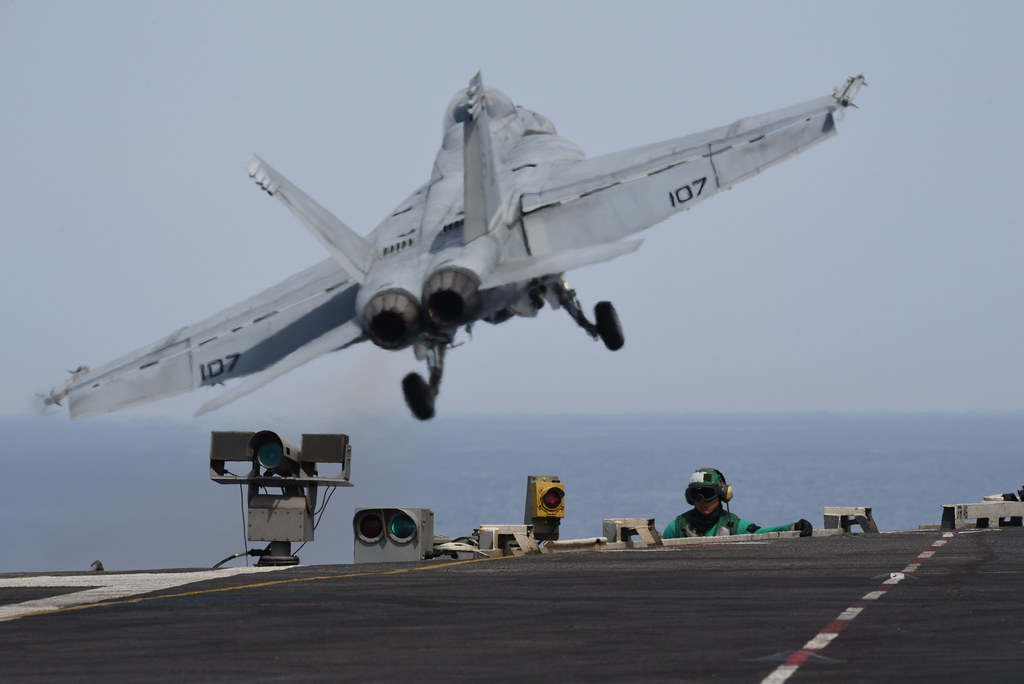
Improvements to the aircraft have been ongoing, with the F/A-18E/F Block II Super Hornet incorporating technologies that have only enhanced its standing as a fleet workhorse. The final Block II model was delivered in April 2020, paving the way for the latest Block III upgrade.
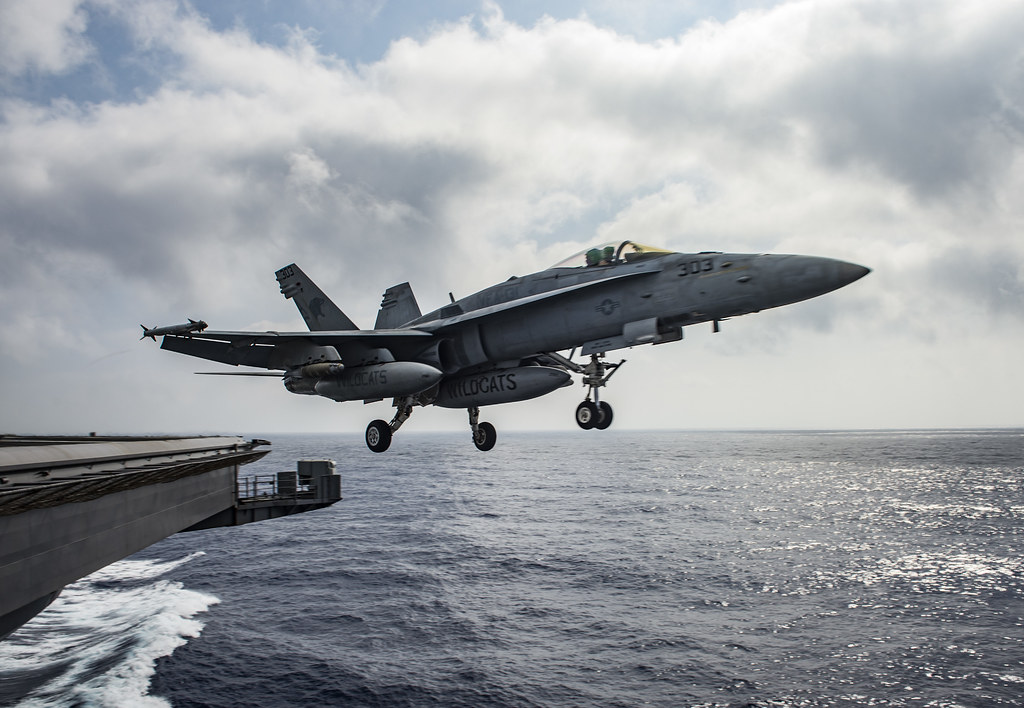
The Block III Super Hornet, which is in the testing and evaluation phase, promises to extend the life and reach of the aircraft even further. It introduces an advanced cockpit system, improved stealth with reduced radar cross-section, and a cutting-edge networking infrastructure.
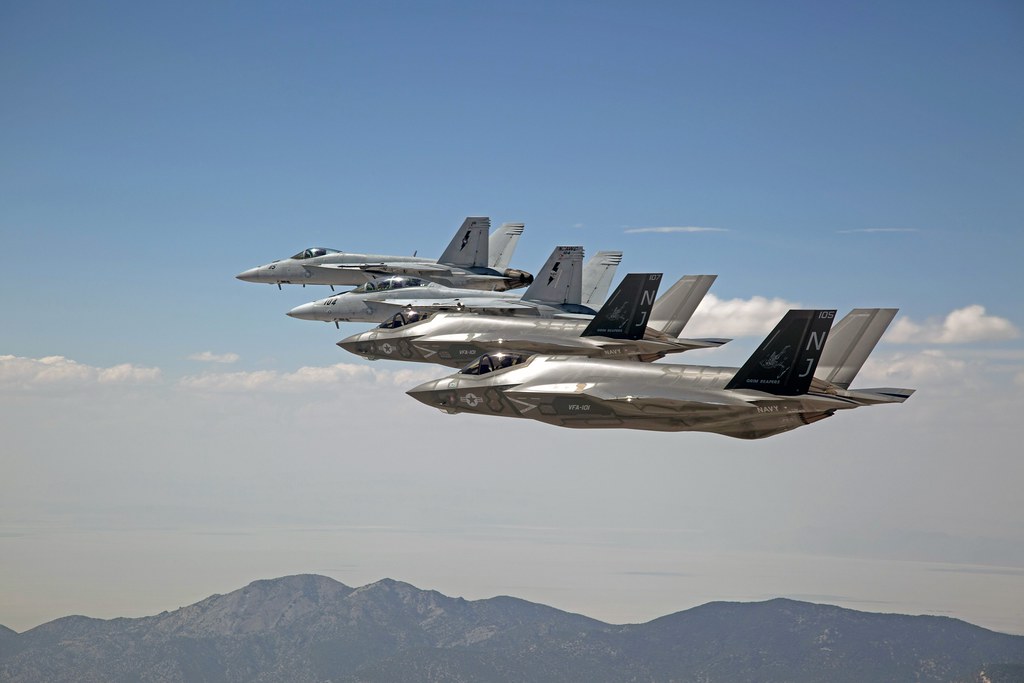
The Boeing Company has delivered two Block III test jets to the U.S. Navy and, assuming successful testing outcomes, plans are in place for the production of 78 new-build Block III jets. This upgrade ensures that the Super Hornet will continue to meet the evolving threats of the 21st century.

The Super Hornet not only serves in active combat roles but also as an ambassador of American air power. The U.S. Navy’s Blue Angels, a symbol of precision flight and naval excellence, began transitioning to the Super Hornet in 2020. This move underscores the aircraft’s versatility and the confidence the Navy has in its capabilities.
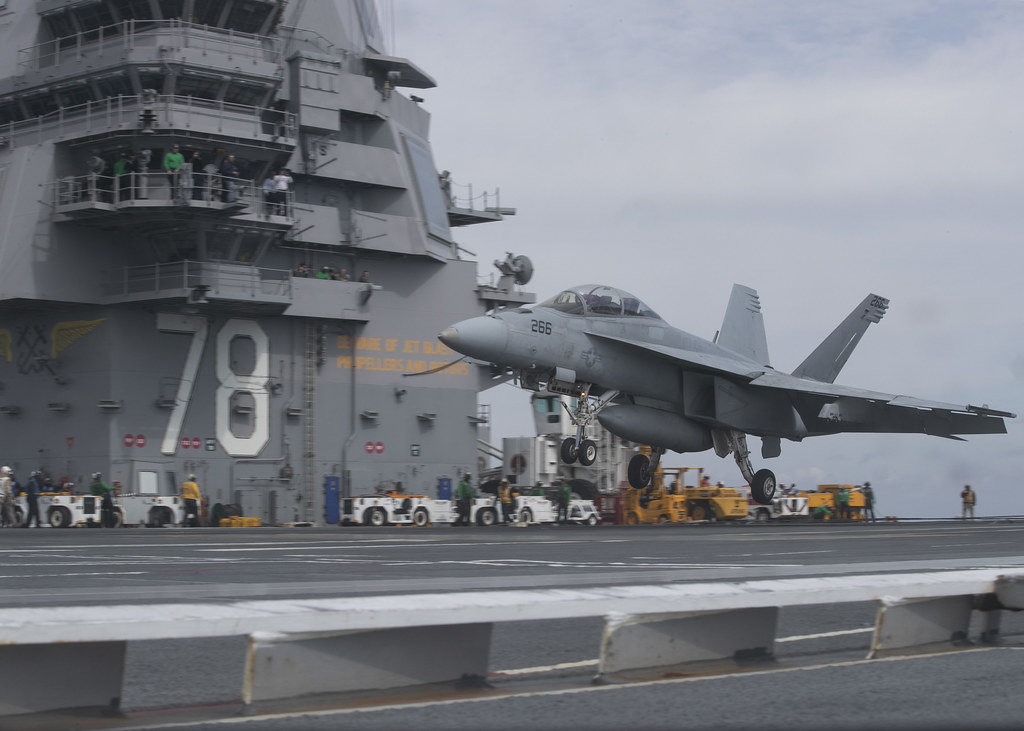
Last week, the Super Hornet demonstrated that its sting is far from theoretical. Engaged in real combat scenarios, the aircraft showed that it is more than capable of delivering on its promise as a versatile, potent, and reliable asset in modern aerial warfare.
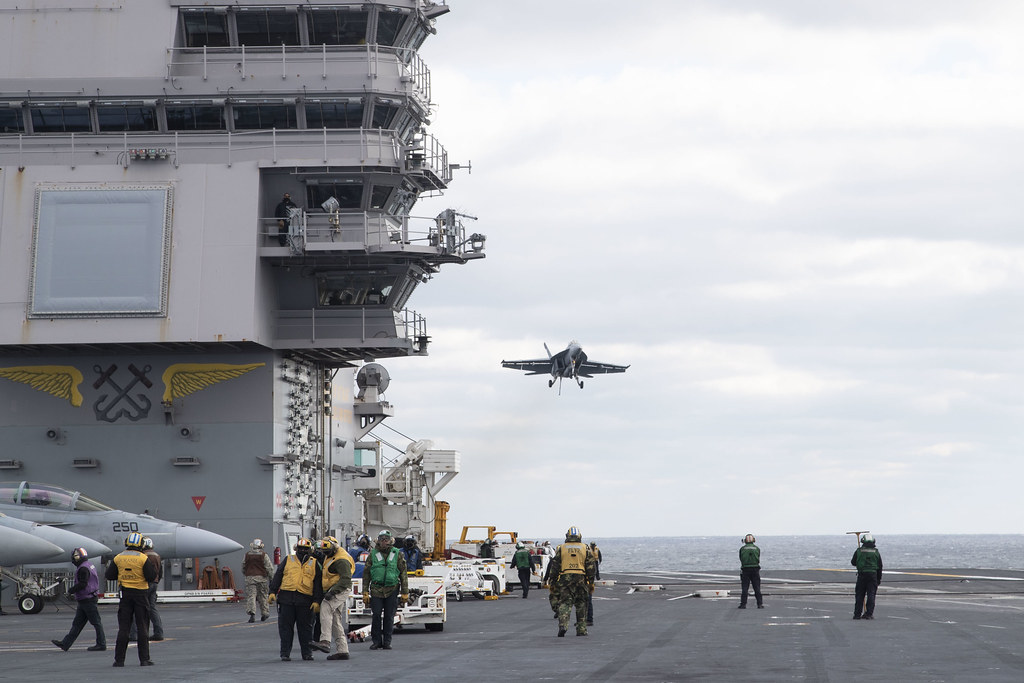
Its continued evolution is a testament to the ingenuity and foresight of military aviation design and a harbinger of the ongoing importance of such multirole fighters in ensuring operational superiority in an ever-changing global landscape.
Relevant articles:
– The F/A-18 Super Hornet Still Can Sting Like No Other Fighter Plane, The National Interest
The F/A-18 Hornet Is One Remarkable Aircraft Carrier Fighter Jet | The National Interest
